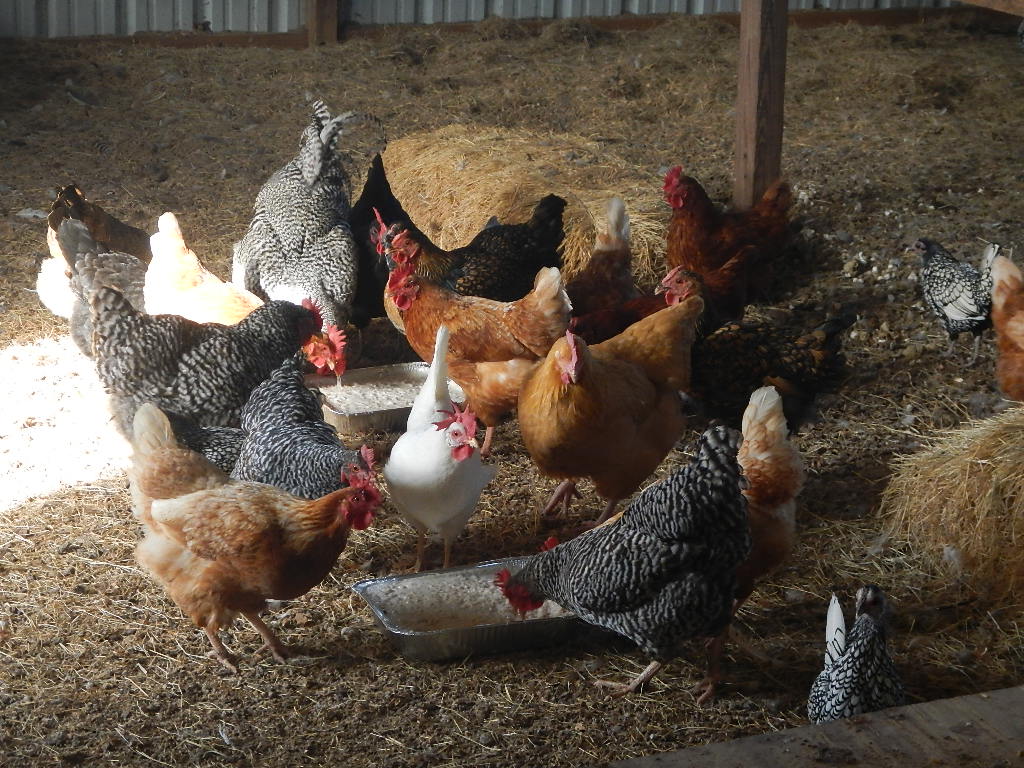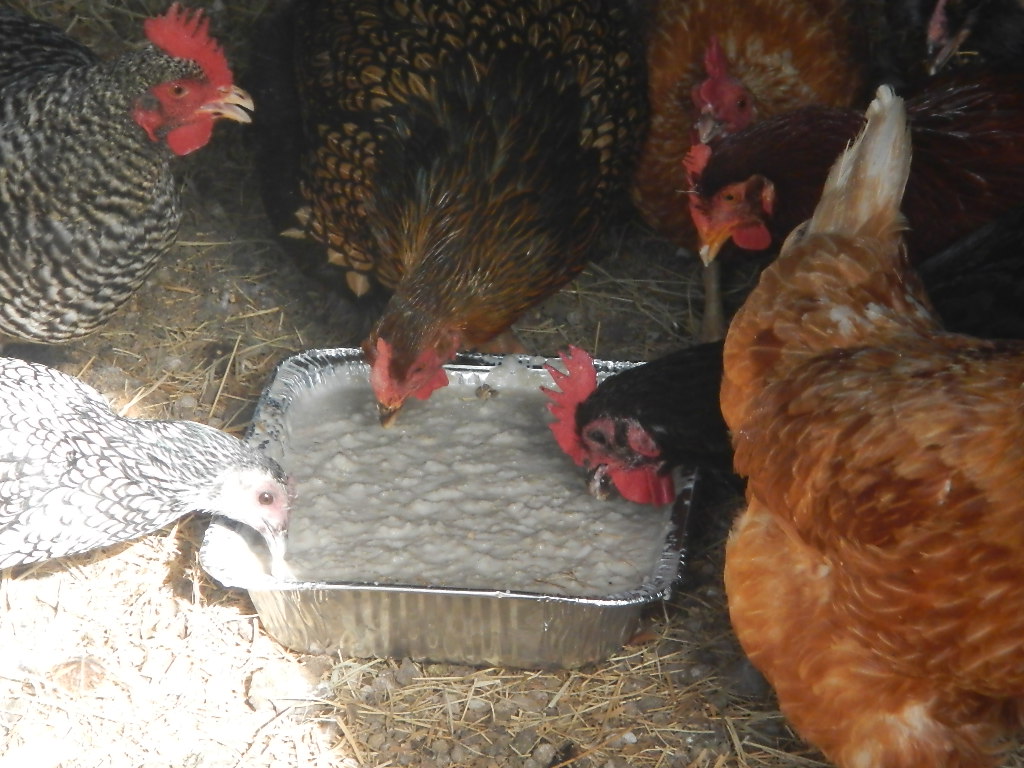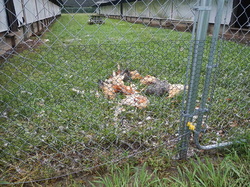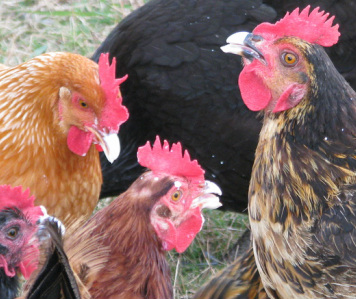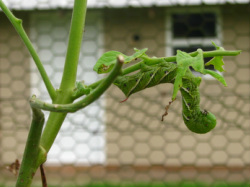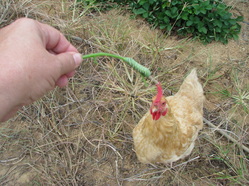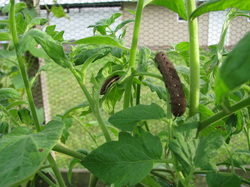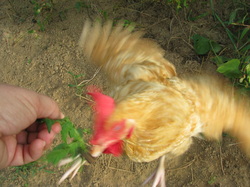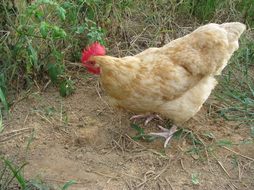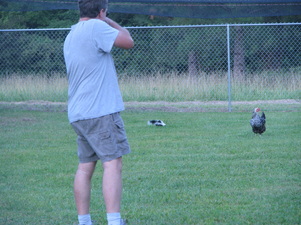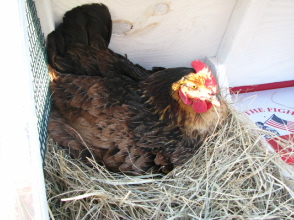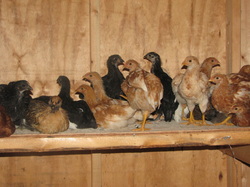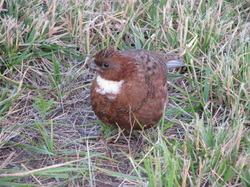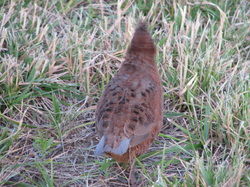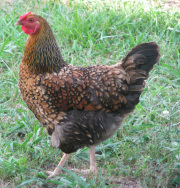 Dottie
Dottie Sadly, I must say that last night, I lost one of my girls and will say goodbye to my sweet little tenacious Golden Laced Wyandotte (pictured). She has been with me for 3 years now and donated many eggs to my table. I always hate to lose a good egg layer and especially since my chickens are also my pets as well, then there is a deeper loss. I always feel bad when I lose a hen, and wonder if there was something more I could have done.
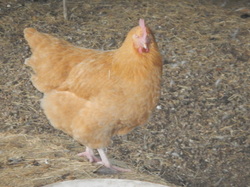 Daisy
Daisy Walter had gone up earlier to carry them some water, since the water that was there was frozen. He came back and reported that we lost one hen. Since losing only one out of 25, I suspect that she had another issue going on and that the cold weather was just the "straw that broke the camel's back" so to speak.
| Pictured here is my flock gathered round the trays of warm oatmeal that I made for them this morning. If you do this, please make sure that it is not too hot and not burn their mouths (beaks) It's not too much to do for them, since they do make our breakfast every morning as well. Another benefit of the oatmeal is that it will provide more hydration than just dry scratch grain. |
| Here are some cold weather tips for all my chicken friends who want to protect their flock, too. 1. Make sure that water is a priority. They cannot get adequate water while waiting on their frozen water dish to thaw. In freezing temps, carry water to them several times a day replacing the frozen block of water. If this is too much of a chore, then consider an electric water heater like I have pictured from Amazon. The top is advertised as not getting too hot but barely warm enough to keep water from freezing. It is to be used in inside the coop in a dry area. It is thermostatically controlled and prevents water from freezing down to 10 degrees. If you don't have this equipment, then consider having two water dishes, one that you can bring home each time to thaw while the other is in use. | |
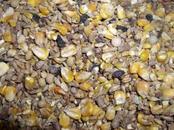
And as mentioned above, carry them a little treat of homemade oatmeal. Adding milk to the oatmeal will also provide extra protein, and chickens seem to never get enough protein.
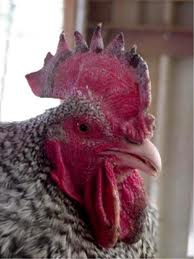
Ah, you might say, "there is no way to catch all my chickens, it would create trauma for them." That is true, I agree, but the alternative will also create trauma for them if they endure frostbite. So here is a better way to catch them.
I've noticed that I can do anything that I need to do to my chickens after they go on the roost in the late evening. They are like "sitting ducks" so to speak and they do not fly or try to get away from you, so just go down the roost and rub some petroleum jelly on each one.
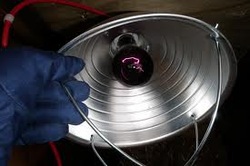
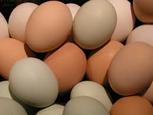
Aren't we blessed by God to have such amazing creatures as sweet little hens who provide us with EGGstravagant eggs for a healthy diet, one that provides many many nutrients. Check out this link on the benefits of eggs from The World's Healthiest Foods.
Do you have other ideas on how to keep the flock protected from the cold? Please leave your comments. Thanks!
